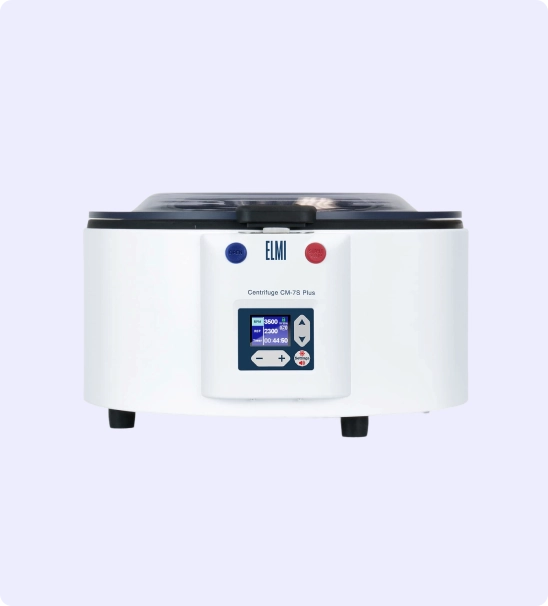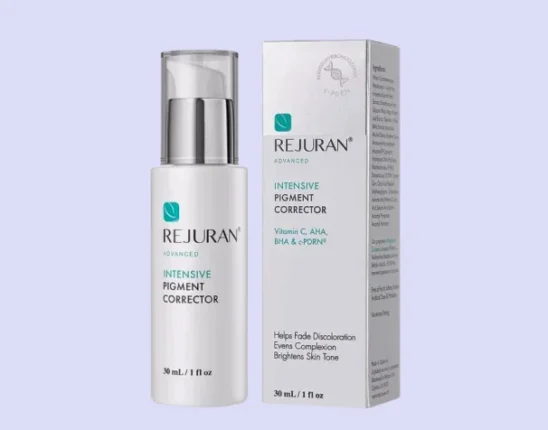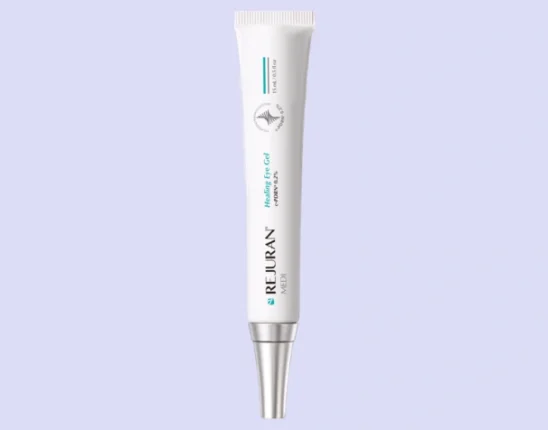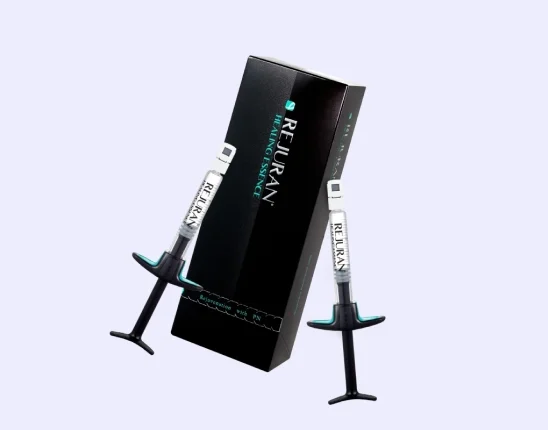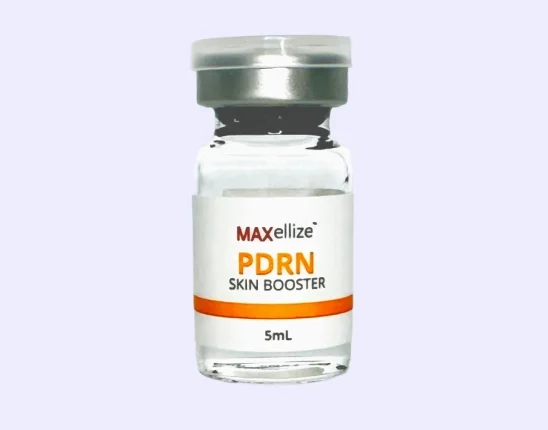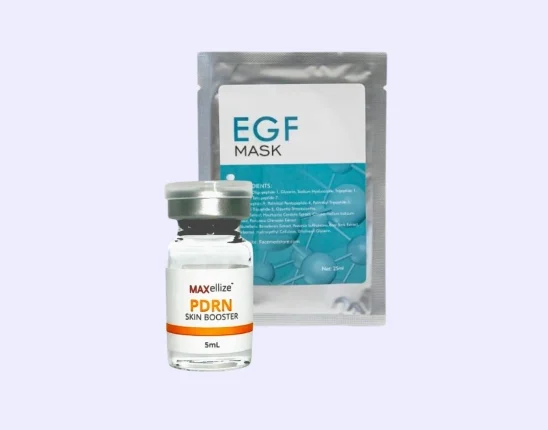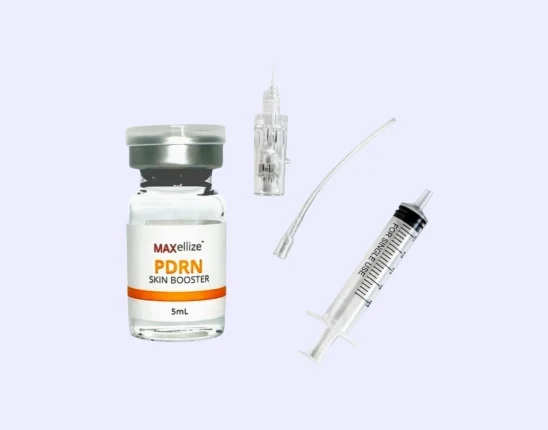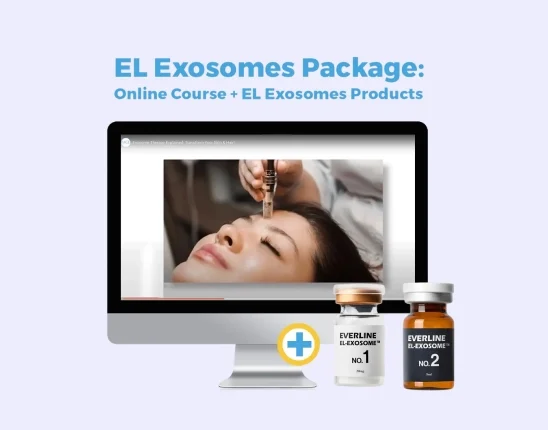More and more people are suffering from ailments like arthritis, tendonitis, and muscle strains. The use of platelet-rich plasma (PRP) injections and prolotherapy is advocated for by many specialists, although many patients are still confused about the differences of the two procedures.
So which is more effective between PRP and prolotherapy? Both treatments are capable of stimulating tissue growth and repair in affected areas. You can work with your doctor in deciding which is more appropriate for you. Make sure to account for the recovery time, side effects, and overall costs.
All About Platelet-Rich Plasma (PRP)
Platelet-rich plasma (PRP) therapy involves extracting the patient’s blood and running the sample through a centrifugal device. The procedure begins when the doctor extracts blood from the patient, typically from the arm. A centrifugal device is used to separate the blood components from each other, isolating the PRP and preparing it for injection. The resulting sample will be injected directly into the affected body part.
PRP is used to stimulate tissue growth and healing in some body parts, such as the joints. Patients who have underlying conditions, such as HIV/AIDs, cancer, and other similar disorders, may not be suitable for PRP treatment.
How It Works
PRP treatments can take anywhere from 30 minutes to 1 hour. The duration depends on the severity of the disease, as well as the size and location of the problem area. Patients that respond quickly to treatment may not need to undergo succeeding injections for 18 to 24 months. Most people do well with 2 to 3 injections in the initial cycle, with each session spaced out over 4 to 6 weeks.
PRP procedures begin with the extraction process. The doctor takes a blood sample from the patient’s arm and places it into a centrifugal device. The blood sample will be rapidly spun to allow segregation of the different components. The result is a solution that has 3 distinct components — red blood cells, platelet-poor plasma (PPP), and platelet-rich plasma (PRP).
Once centrifugation is done, the doctor prepares the PRP for injection into the treatment site. The PRP seeks to reinvigorate tissue activity in the area by stimulating growth and regeneration. Depending on how your body receives the treatment, you may need a maintenance injection 6 months after the last initial session.
Side Effects
PRP injections are relatively safe and hassle-free, especially when compared to surgical procedures. Most patients will feel a few side effects, although these are not debilitating and usually subside after a few days or weeks. Side effects include:
- Bruising
- Swelling
- Redness and skin irritation
- Pain around the area
- Infection
Bruising is a common reaction to PRP. You may notice these bruises along the injection sites, and they may become more visible after 2 to 3 days. You can talk to your doctor about the safety of using a cold compress if the bruising becomes too difficult to manage. Swelling is another typical body response. It usually signifies that the procedure is working, since PRP triggers the body’s healing properties via inflammation.
Redness and skin irritation may also be visible near the injection site. You may also feel an itchy sensation around the area. Try to avoid touching and scratching the area to prevent the irritation from getting worse.
Pain is also common and may be managed through a dose of Tylenol. Take the drug as specified in the leaflet that comes with its packaging. Make sure to notify your doctor about any painkillers you’re using, as non-steroidal anti-inflammatory drugs (NSAIDs) like ibuprofen and naproxen could exacerbate your side effects. Refrain from taking NSAIDs at least 1 week before and after the procedure.
Any medical procedure carries a slight risk of infection. If you feel feverish or see pus around the treatment area, notify your doctor immediately. You will need to take oral antibiotics to get rid of the infection. Avoid self-medicating, as you may use the incorrect antibiotic for the problem bacteria. Selling and purchasing an antibiotic without a prescription is also illegal.
Recovery Time
Recovery time after a PRP injection is typically very short. Patients can return to their daily routines in a matter of days, although strenuous physical activities should be avoided for at least 2 weeks. Maintaining a healthy diet and adopting a consistent exercise routine may help you achieve better results.
If you underwent PRP therapy for a joint-related condition, talk to your doctor about exercise. They may recommend you to a physical therapist who can work with you in creating a dedicated routine. Some fitness coaches like yoga instructors also specialize in students with joint problems.
Cost
Non-facial PRP injections cost anywhere from $500 to $2,500. The exact costs depend on different factors, including the location of the clinic and the track record of your doctor. The equipment, scheduling, and severity of the disease will also impact your overall costs.
You may talk to your insurance provider to check if PRP is covered by insurance. Doctors in your preferred healthcare provider may give you a rough estimate of the total costs to help you prepare for the procedure.
All About Prolotherapy
Like PRP, prolotherapy is a non-invasive alternative treatment that aims to stimulate tissue repair. Several types of prolotherapy are used to address diseases like fibromyalgia, arthritis, repeated migraines, tendonitis, and degenerative disc disease.
Prolotherapy is mostly used for addressing the symptoms of tendon injuries. The procedure can also relieve pain associated with arthritis, as well as stiffness and difficulty in movement. Patients report seeing long-term improvements in the strength and function of treated joints.
How It Works
There are two common types of prolotherapy: dextrose and saline prolotherapy. Both of these involve the injection of a solution into the affected area. Both of these solutions are traditionally used to rehydrate patients intravenously.
Saline and dextrose prolotherapy are different ways of using the solutions since specialists directly inject them into the affected body parts. They are most commonly applied to the ligaments and tendons. Despite accounts about the procedure’s effectiveness, many advocacy groups and foundations advise against using prolotherapy for knee and hip osteoarthritis.
Once the solutions are injected into the affected body part, they stimulate the body’s tissue repair response. This process leads to the growth of tissues in the affected area. The effectiveness of prolotherapy in tissue repair is disputed by many physicians, but there is a significant amount of data supporting its effectiveness in pain reduction.
GET MEDICAL-GRADE BLOOD COLLECTION NEEDLES AT 20% OFF WITH CODE “20OFF” ON YOUR FIRST ORDER.
Stock up on blood collection needles and other medical and aesthetic supplies with FACE Med Store. Checkout today and get 20% off your order.
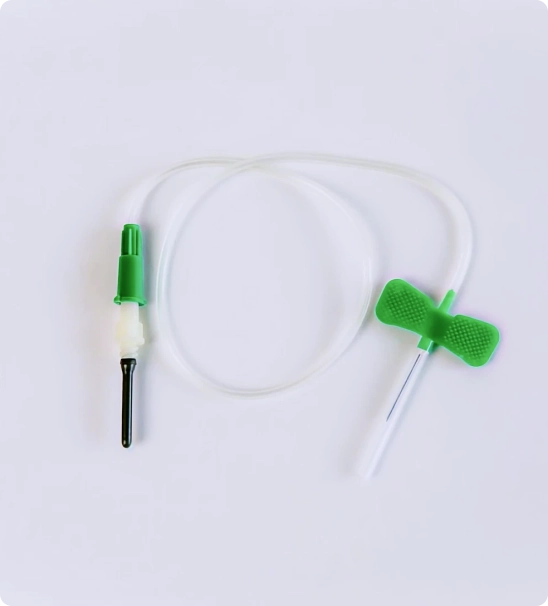
Side Effects
Prolotherapy injections are a minimally invasive procedure and side effects are unlikely to linger for more than a few weeks. But some side effects may be felt a couple of days after the operation. Common side effects include:
- Pain and immobility
- Light bleeding
- Bruising and swelling
- Risk of infection
- Skin irritation
After the procedure, patients are advised to take 1 to 2 days of rest. Most people can return to daily activities after this period, although strenuous activities should be avoided. It might be difficult to move the body parts surrounding the treatment site. A warm compress may help with the stiffness.
Make sure to watch for signs of infection. Although the risk is low, some patients can develop infection around the injection site. If you feel feverish or see an increase in pain and swelling, contact your doctor right away. Your doctor will prescribe you with the appropriate antibiotics to cure the condition.
Some specialists may recommend supplements to stimulate faster recovery. Bromelain, methylsulfonylmethane (MSM), and other formulations are common examples. Don’t use these without notifying your doctor.
Cost
Most insurance providers don’t cover prolotherapy injections. The total cost of treatment depends on the number of treatments and other factors. In most places, a single injection costs around $150 to $200.
The number of treatments you receive varies for chief complaints. Joint inflammation will need around 3 to 6 injections spaced out at least a month each. Facial prolotherapy treatments usually consist of 5 to 10 weekly injections.
FACE Med Store: The Best Place for Hair Care and Medical Supplies
It may take a few weeks or months to see improvements after a PRP or prolotherapy session. During the recovery period, your doctor might recommend supplements and formulations that encourage faster healing.
At FACE Med Store, we have a variety of hair and medical care products that can help supplement your treatment plans. If you have questions about our products, don’t hesitate to contact us at info@facemedstore.com. Our customer service team will help you with your concerns as soon as possible.
